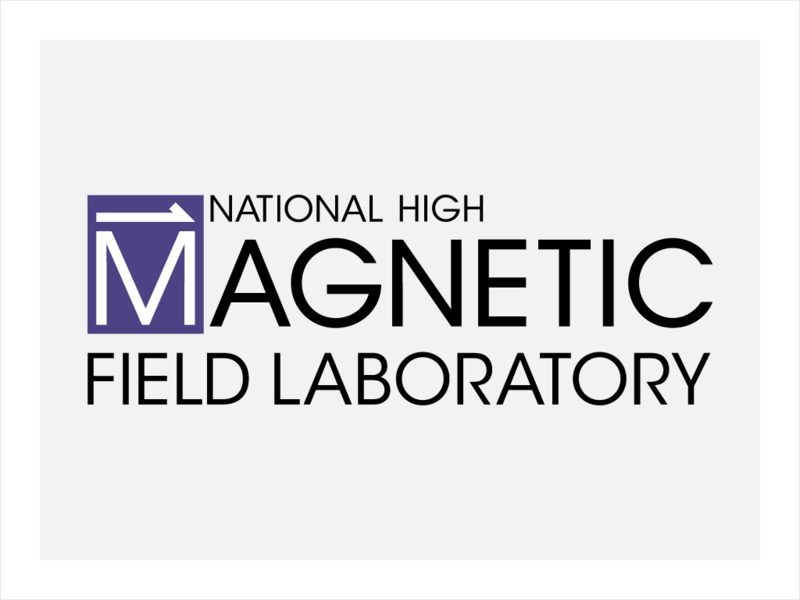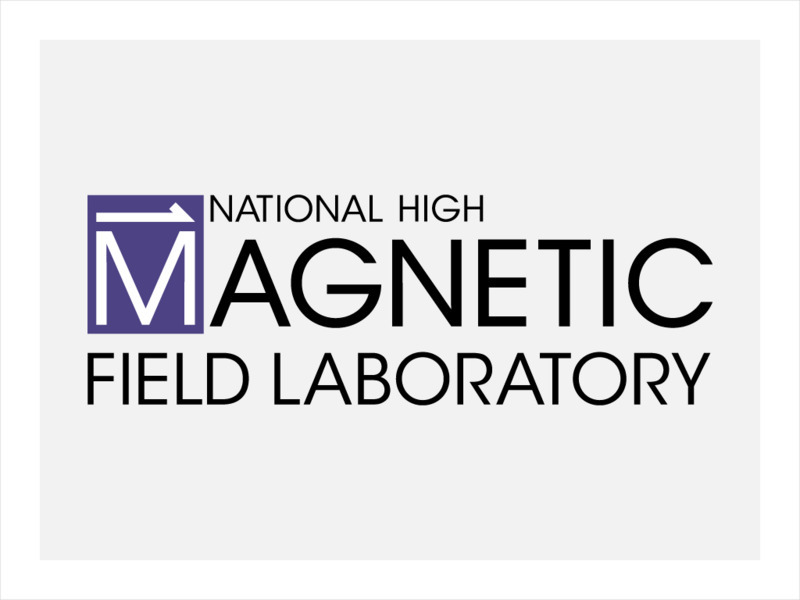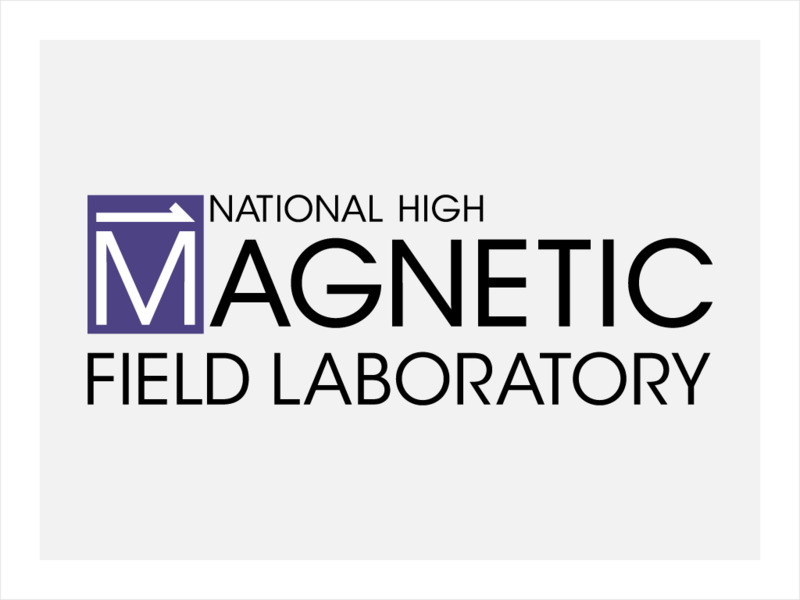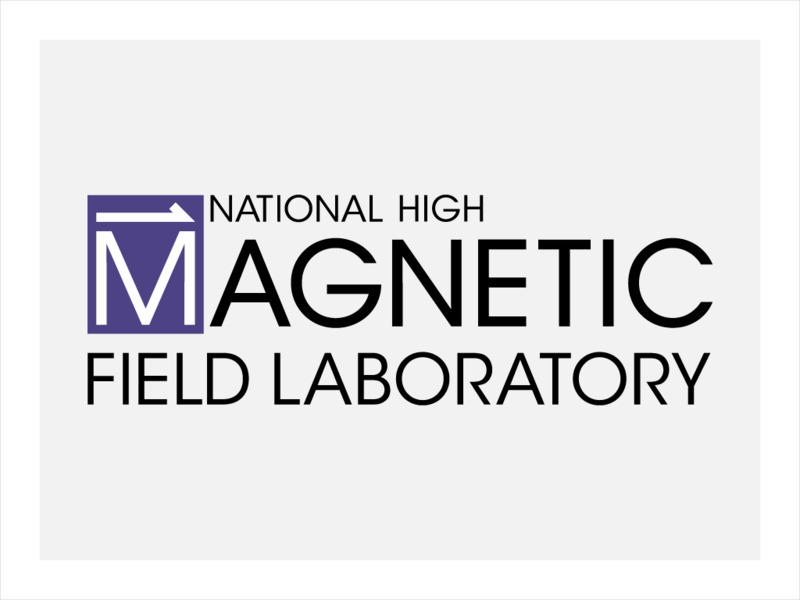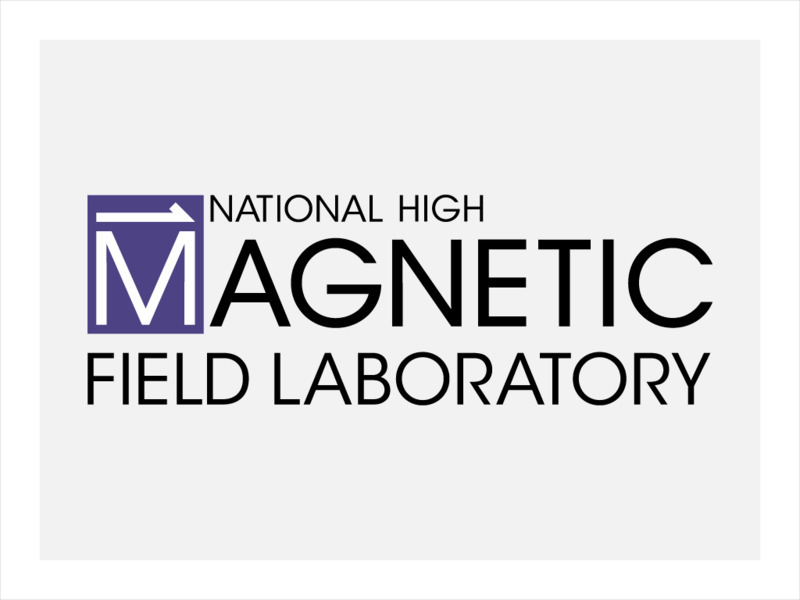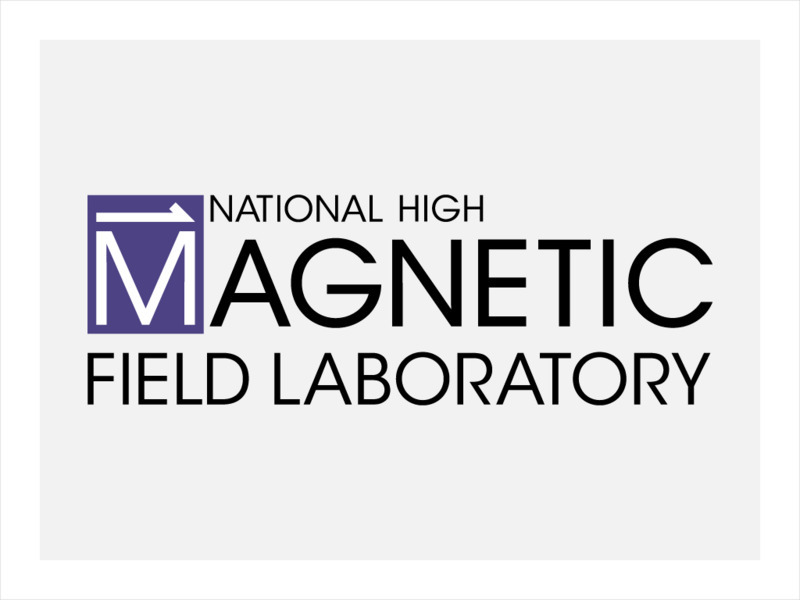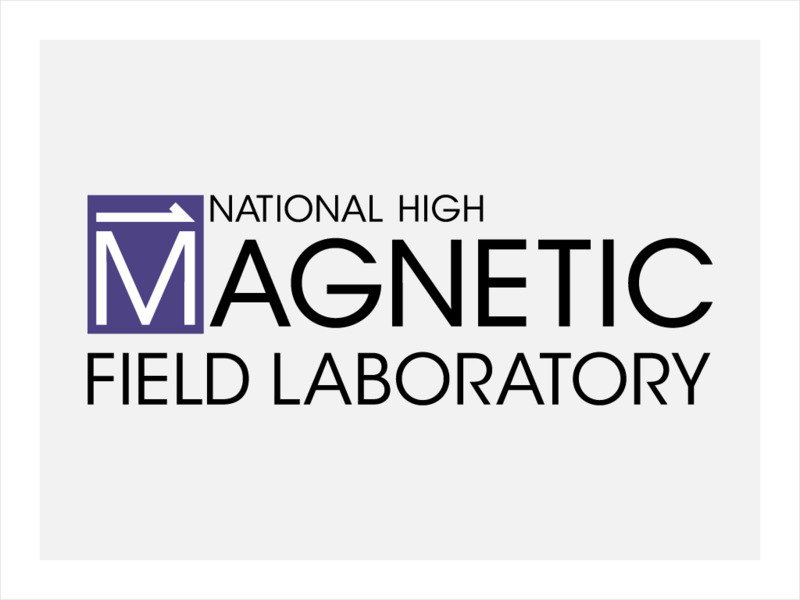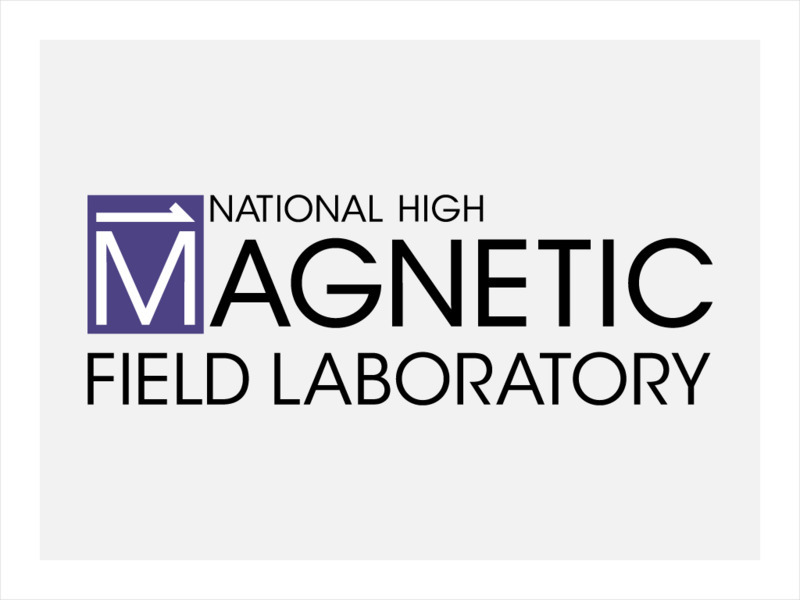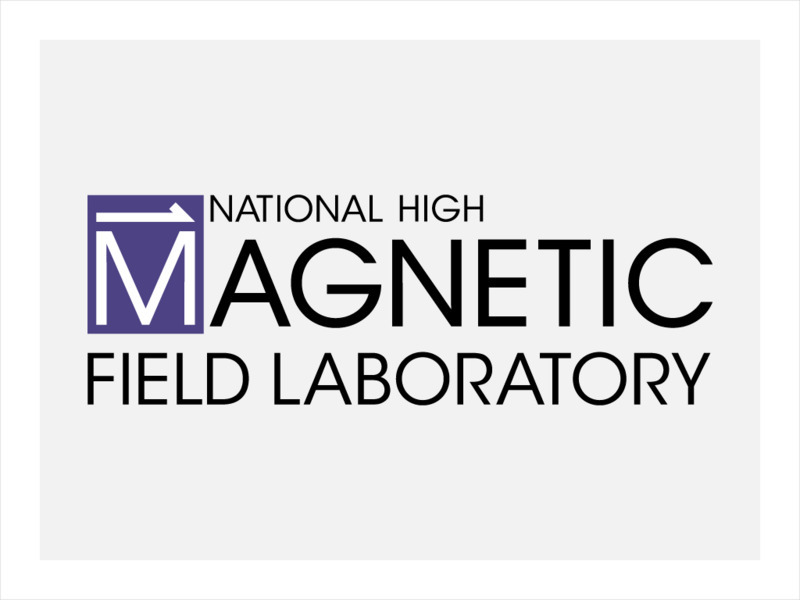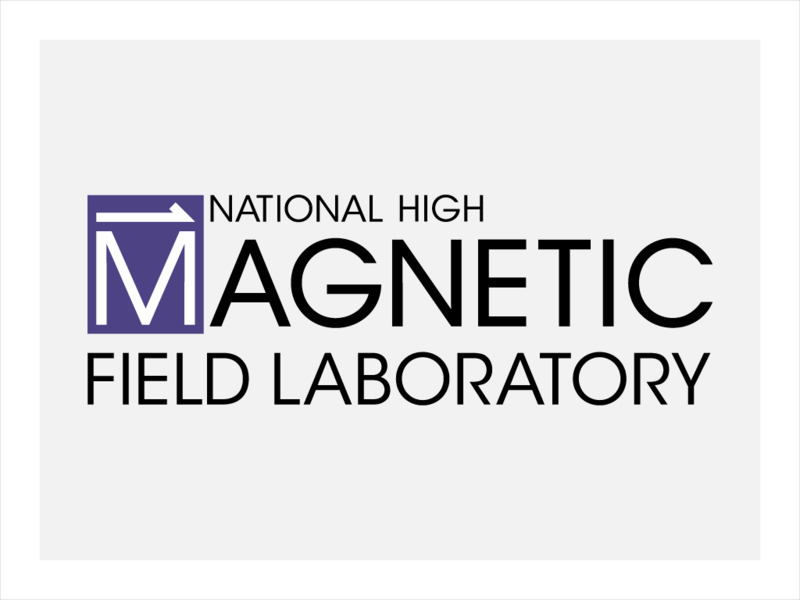National High Magnetic Field Laboratory
Magnet Academy: Willem Einthoven
Willem Einthoven invented a string galvanometer that lead to the electrocardiogram, which measures heart activity. For his discovery, Einthoven was awarded the Nobel Prize in Physiology or Medicine in 1924.
National High Magnetic Field Laboratory
Magnet Academy: Lee De Forest
American inventor Lee De Forest was a pioneer of radio and motion pictures. He received more than 300 patents over the course of his lifetime, the most important of which was for a three-electrode vacuum tube, or triode, that he called...
National High Magnetic Field Laboratory
Magnet Academy: Eric Cornell
Born in Palo Alto, California, and raised in Cambridge, Massachusetts - homes to Stanford and the Massachusetts Institute of Technology, respectively - you could say Eric Cornell was destined to become a renowned scientist. And while he...
National High Magnetic Field Laboratory
Magnet Academy: Leon Cooper
Leon Cooper shared the 1972 Nobel Prize in Physics with John Bardeen and Robert Schrieffer, with whom he developed the first widely accepted theory of superconductivity. Termed the BCS theory, it is heavily based on a phenomenon known as...
National High Magnetic Field Laboratory
Magnet Academy: Heinrich Hertz
The discovery of radio waves, which was widely seen as confirmation of James Clerk Maxwell's electromagnetic theory and paved the way for numerous advances in communication technology, was made by German physicist Heinrich Hertz. In the...
National High Magnetic Field Laboratory
Magnet Academy: Murray Gell Mann
Murray Gell-Mann is a theoretical physicist who won the Nobel Prize for Physics in 1969 for his contributions to elementary particle physics. He is particularly well known for his role in bringing organization into the world of subatomic...
National High Magnetic Field Laboratory
Magnet Academy: Enrico Fermi
Enrico Fermi was a titan of twentieth-century physics. He outlined the statistical laws that govern the behavior of particles that abide by the Pauli exclusion principle and developed a theoretical model of the atom in his mid-twenties....
National High Magnetic Field Laboratory
Magnet Academy: Lev Davidovich Landau
While growing up in the Soviet Union, Lev Landau was so far ahead of his classmates that he was ready to begin college at age 13. His parents noticed a particular gift for math in their young son, who was considered a prodigy. It came as...
National High Magnetic Field Laboratory
Magnet Academy: John Daniel Kraus
For a man whose career involved the entire known universe, John Kraus had a remarkably insular upbringing. He was born and raised in Ann Arbor, Michigan, and earned his bachelor's, master's and doctoral degrees in physics, all at the...
National High Magnetic Field Laboratory
Magnet Academy: Klaus Von Klitzing
Klaus von Klitzing is a Nobel laureate who won the award in 1985 for his discovery of the quantized Hall effect, sometimes referred to as the quantum Hall effect. Von Klitzing's discovery resulted from his work exploring a phenomenon...
National High Magnetic Field Laboratory
Magnet Academy: Jack Kilby
The integrated circuit fueled the rise of microelectronics in the latter half of the twentieth century and paved the way for the Information Age. An American engineer, Jack Kilby, invented the integrated circuit in 1958, shortly after he...
National High Magnetic Field Laboratory
Magnet Academy: Karl Jansky
Karl Jansky discovered extraterrestrial radio waves while investigating possible sources of interference in shortwave radio communications across the Atlantic for Bell Laboratories, and is often known as the father of radio astronomy....
National High Magnetic Field Laboratory
Magnet Academy: Siegmund Loewe
Siegmund Loewe was a German engineer and businessman that developed vacuum tube forerunners of the modern integrated circuit. He pioneered both radio and television broadcasting, and the company he established with his brother, David...
National High Magnetic Field Laboratory
Magnet Academy: Wolfgang Pauli
Austrian-born scientist Wolfgang Ernst Pauli made numerous important contributions to twentieth-century theoretical physics, including explaining the Zeeman effect, first postulating the existence of the neutrino, and developing what has...
National High Magnetic Field Laboratory
Magnet Academy: Heike Kamerlingh Onnes
Heike Kamerlingh Onnes was a Dutch physicist who first observed the phenomenon of superconductivity while carrying out pioneering work in the field of cryogenics. An important step on the way to this discovery was his success in...
National High Magnetic Field Laboratory
Magnet Academy: Karl Alexander Muller
In their search for new superconductors, Swiss theoretical physicist Karl Alexander Muller and his young colleague, J. Georg Bednorz, abandoned the metal alloys typically used in superconductivity research in favor of a class of oxides...
National High Magnetic Field Laboratory
Magnet Academy: James Clerk Maxwell
James Clerk Maxwell was one of the most influential scientists of the nineteenth century. His theoretical work on electromagnetism and light largely determined the direction that physics would take in the early twentieth century. Indeed,...
National High Magnetic Field Laboratory
Magnet Academy: Theodore Maiman
Theodore Maiman built the world's first operable laser. Ironically, Maiman's first paper announcing this momentous achievement, which many other scientists had been racing to complete themselves, was rejected. Since then, however, lasers...
National High Magnetic Field Laboratory
Magnet Academy: Max Planck
In a career that lasted seven decades, Max Planck achieved an enduring legacy with groundbreaking discoveries involving the relationship between heat and energy, but he is most remembered as the founder of the "quantum theory."
National High Magnetic Field Laboratory
Magnet Academy: William Shockley
Find out about William Bradford Shockley, who shared the 1956 Nobel Prize in Physics for his work on the first point-contact transistor and the invention of the more advanced junction transistor. His later research focused on developing...
National High Magnetic Field Laboratory
Magnet Academy: Julian Schwinger
Theoretical physicist Julian Schwinger used the mathematical process of renormalization to rid the quantum field theory developed by Paul Dirac of serious incongruities with experimental observations that had nearly prompted the...
National High Magnetic Field Laboratory
Magnet Academy: John Robert Schrieffer
While still in graduate school, John Robert Schrieffer developed with John Bardeen and Leon Cooper a theoretical explanation of superconductivity that garnered the trio the Nobel Prize in Physics in 1972. The BCS theory (the acronym...
National High Magnetic Field Laboratory
Magnet Academy: Heinrich Rohrer
Swiss physicist Heinrich Rohrer co-invented the scanning tunneling microscope (STM), a non-optical instrument that allows the observation of individual atoms in three dimensions, with Gerd Binnig. The achievement garnered the pair half...
National High Magnetic Field Laboratory
Magnet Academy: Carl Edwin Wieman
Carl Edwin Wieman is one of three physicists credited with the discovery of a fifth phase of matter, for which he was awarded a share of the prestigious Nobel Prize in 2001. The recognition capped a distinguished career that began deep...






